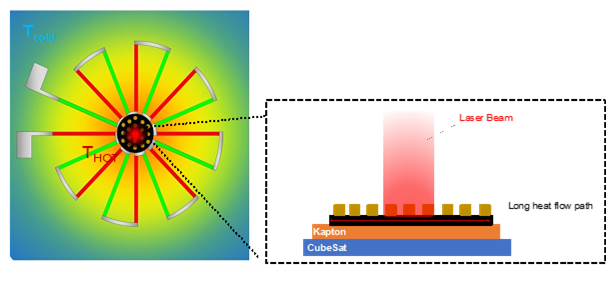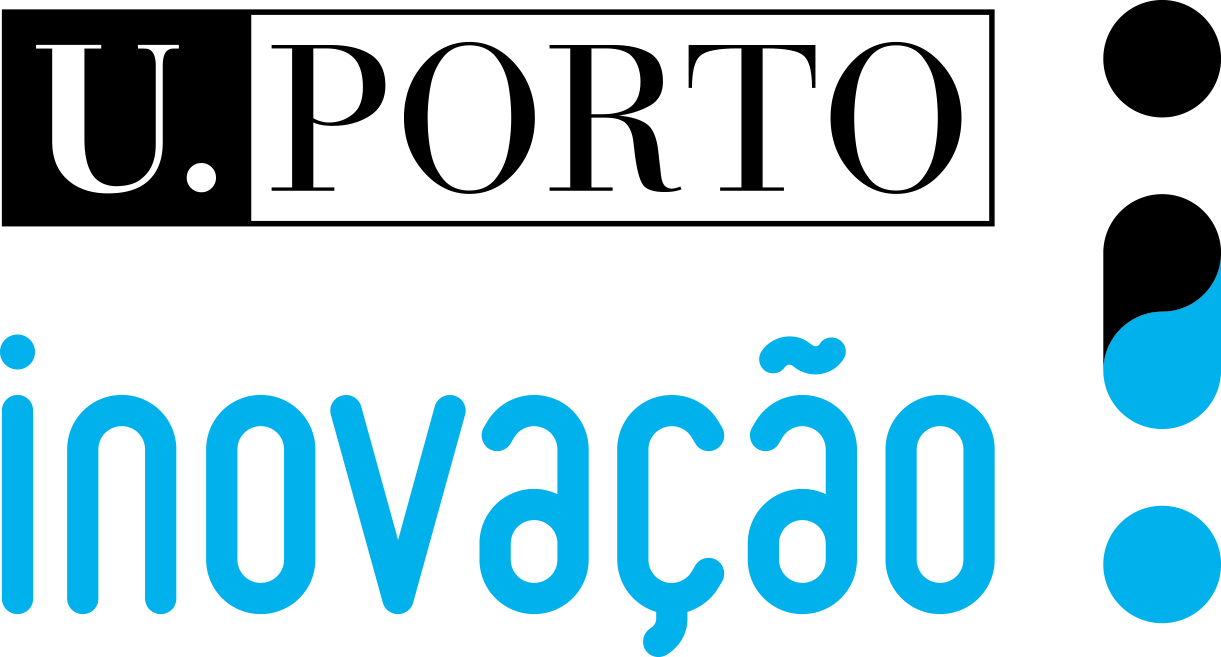
Wireless energy transfer (WET) is a process for the transmission of electrical energy without wires as a physical link. Unlike popular near-field methods that rely on electromagnetic fields, the technology in display is a far-field technique that comprises of a light source as a transmitter and a photothermoelectric (PTE) plasmonic system as receiver, allowing for long-range-wireless-energy-transmission for low-power consumption electronics.
This technique is composed PTE for wireless energy transfer in the near-infrared region (NIR), and is manufactured by printing techniques, a simple manufacturing process that allows for a low-cost, flexible, mass-producible system that’s also been verified to be viable under extreme conditions.
Efficient energy transfer over long ranges: Laser-beam power is a radioactive method that can propagate power waves over significant distances (km’s). Here, a controlled high-power laser system is directed at a receiver, that, when aligned with the transmitter, allows for low-power, efficiency transmission of power (up to 5%). Viable under extreme conditions: The viability of the system was verified, with an increase on the output voltage for low temperatures and low-pressure systems, showing great potential for low-power energy transfer, regardless of environment conditions. Printed receiver system:
The proposed receiver system is composed of three independent parts, all of which are printed by screen-printing, for easy mass production. Scalable, low-cost technology: The PTE plasmonic system uses cost-effective components (thermoelectric generator, electrical contacts, thermoplasmonic system), which when allied with radial, screen-printable design, allow for a low cost, scalable solution.
Aerospace Industry: Space Applications, CubeSat Industry; Power Transport Industry: Power Delivery to Remote Areas, Backup Power System; Military and Defence Industry; Telecommunications Industry; Renewable Energy Industry; EV Automotive Industry; Automation Industry.






